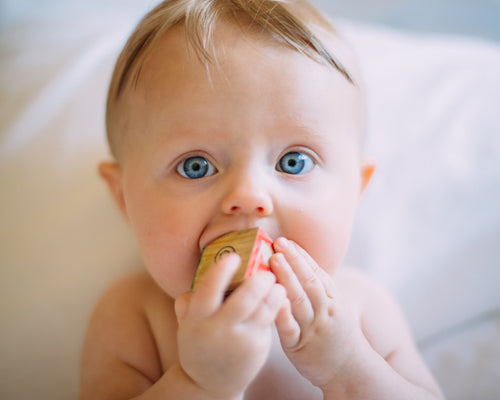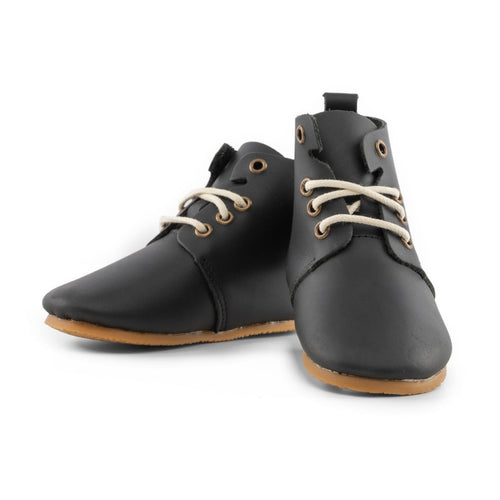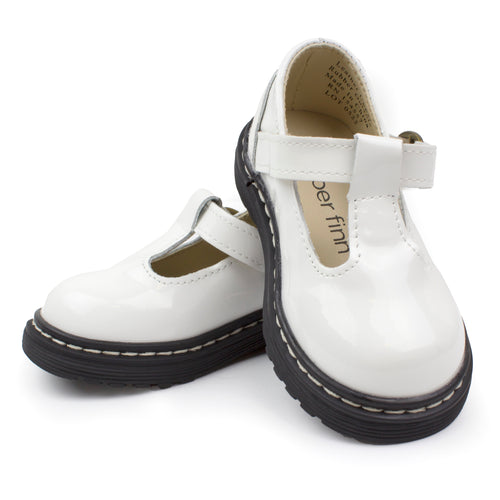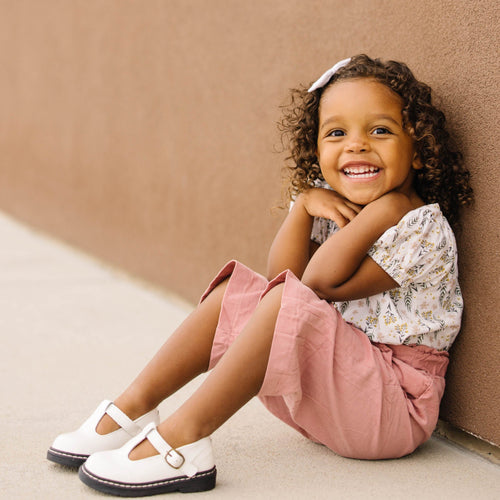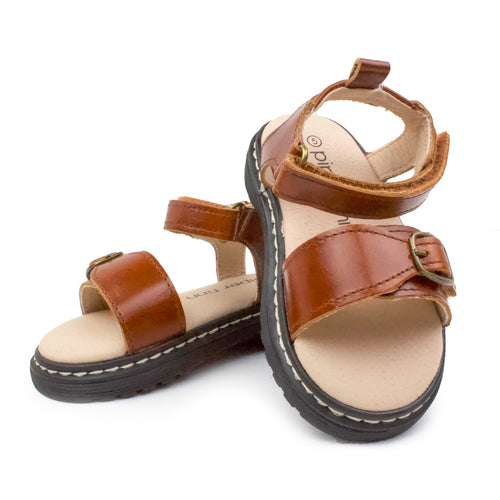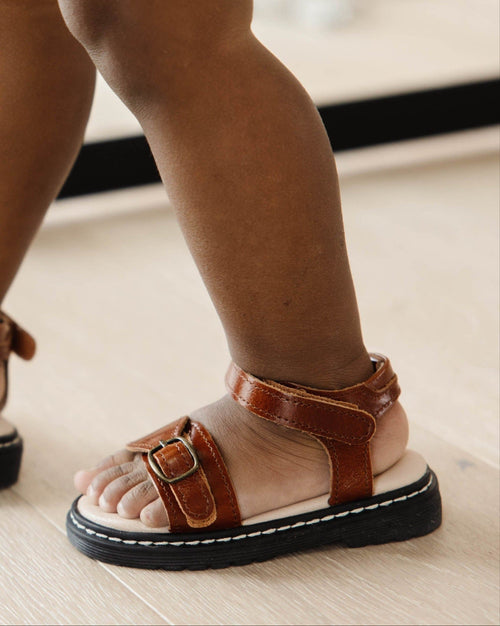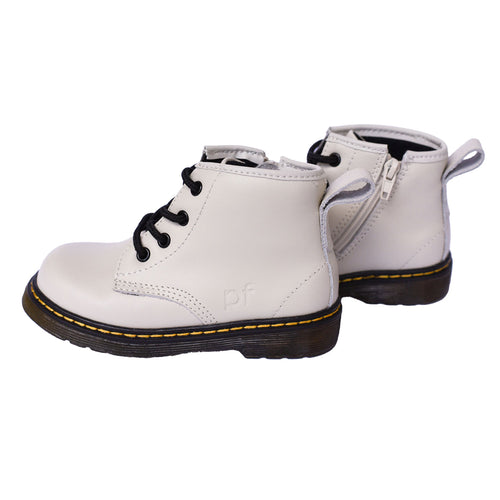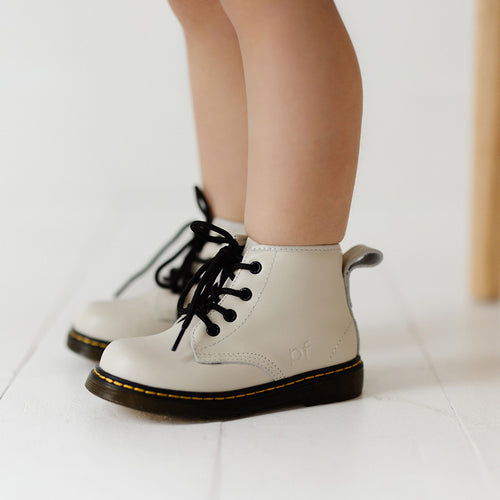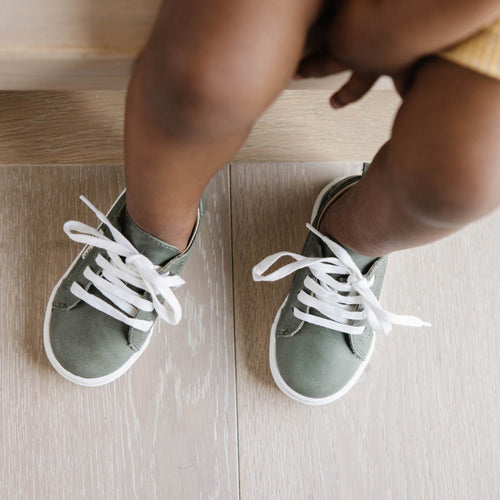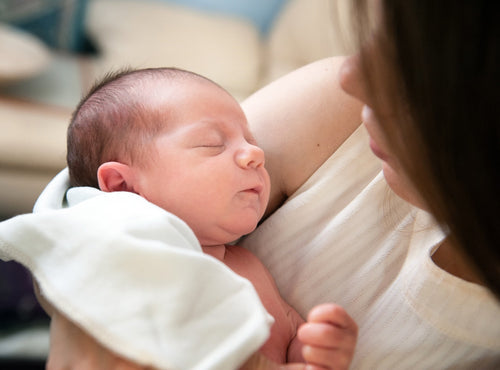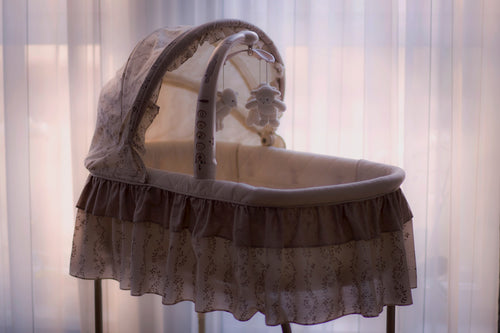Welcoming a new bundle of joy into your home is a joyous and exciting occasion. However, it also brings the responsibility of ensuring you provide a safe and secure environment for your little one. Babyproofing or childproofing your home is crucial in creating a safe space for your child to grow and explore.
In today’s Piper Finn blog post, we’ll discuss what babyproofing is and explore some essential childproofing measures and tips to ensure adequate home safety for your child.
What is Babyproofing?
Babyproofing your home involves modifying your living space to make it safe and secure for infants and young children. The goal is to create an environment where curious children can explore and play without encountering potential hazards that could cause harm.
Babyproofing is a crucial step in ensuring the well-being and safety of a child as they grow and develop mobility and curiosity. It promotes home safety through preventative measures aimed at mitigating the risks of potential dangers so your child can move, explore, and interact safely with their surroundings.
Steps for Childproofing Your Home
The following measures can help you improve home safety for your child:
Identify Potential Hazards
The first step in babyproofing your home is to conduct a thorough inspection, identifying potential hazards from a child’s perspective. Get down on your hands and knees to see the world from their vantage point. Look for sharp edges, small objects, dangling cords, and anything else that might harm your curious little one.
Secure Furniture
Furniture, especially heavy or tall items like bookshelves and cabinets, can pose a significant risk to babies learning to stand and walk. Use furniture straps or anchors to secure cabinets and bookshelves to the wall and prevent them from tipping over.
Cover Electrical Outlets
Electrical outlets can be fascinating for babies, but they’re also dangerous. Invest in outlet covers or safety plugs to prevent your little one from inserting fingers or objects into the sockets.
Lock Cabinets and Drawers
Install childproof latches or locks on cabinets and drawers to keep hazardous items such as cleaning supplies, sharp objects, or medications out of reach of curious hands.
Install Safety Gates
Safety gates are essential for blocking off staircases and restricting access to certain areas of the house. Choose sturdy gates that are appropriate for the space you need to secure.
Use Corner Guards
Sharp corners on tables, countertops, or furniture can be hazardous for a child learning to walk. Utilize soft corner guards to cushion these edges and reduce the risk of injuries.
Secure Windows and Blinds
Window cords can pose a strangulation risk, while windows can be fall hazards. Use cord winders or cordless blinds and ensure that windows are secure and inaccessible to children.
Eliminate Choking Hazards
Be vigilant in removing small objects that could be choking hazards, such as coins, buttons, or small toys. Regularly sweep the floor and inspect play areas to keep them free of these dangers.
Tackle Climbing Hazards
Children are natural climbers. Keep them safe by securing furniture that could be climbed on, such as dressers or bookshelves, to the wall.
Check for Toxic Substances
Some household items like cleaning products, toiletries, and plants can be toxic to children. Store these items out of reach or in locked cabinets.
Anchor Heavy Items
Ensure heavy items like televisions and appliances are securely anchored to prevent your child from tipping them over.
Keep Cords Out of Reach
Curtain or blind cords and electronic cords can pose a strangulation risk. Use cord winders and keep electrical wires out of your child’s reach.
Invest in Toilet Locks
Toilet locks prevent young children from opening the toilet lid, avoiding drowning hazards and keeping them away from harmful cleaning products.
Pad Sharp Furniture Edges
Use padding or bumpers to cover sharp edges and corners on furniture to minimize the risk of injuries during playtime.
Be Diligent with Monitoring
Even with babyproofing measures in place, never leave a child unattended. Continuous supervision is the most effective way to ensure your child’s safety.
Final Thoughts
Babyproofing your home is vital in creating a safe and nurturing environment for your child to explore and grow. By identifying potential hazards, securing furniture and electrical outlets, and implementing additional safety measures, you can significantly reduce the risk of accidents and provide your child with a secure space to thrive. Remember to maintain constant vigilance and proactive safety measures to keep your little one safe and sound.

